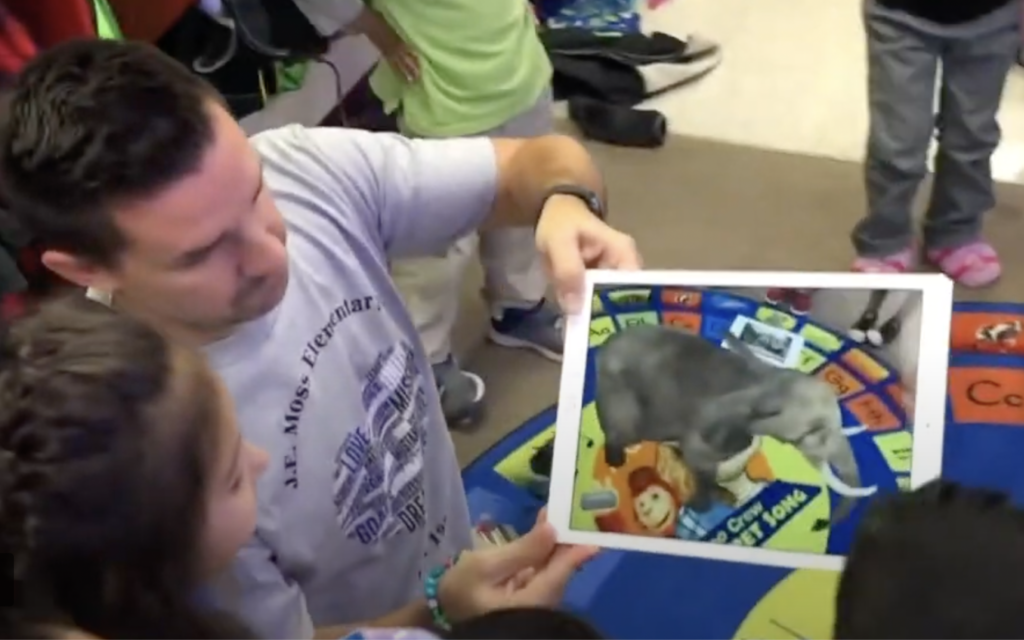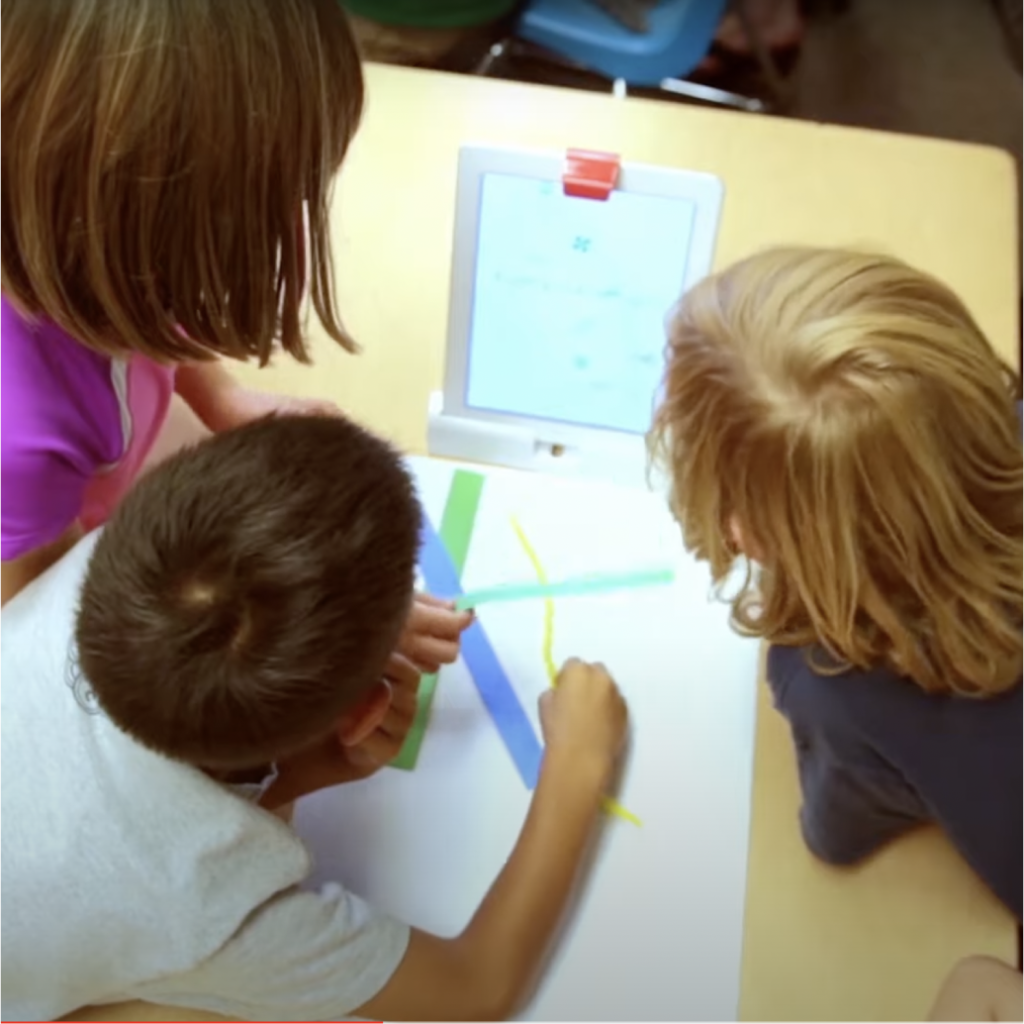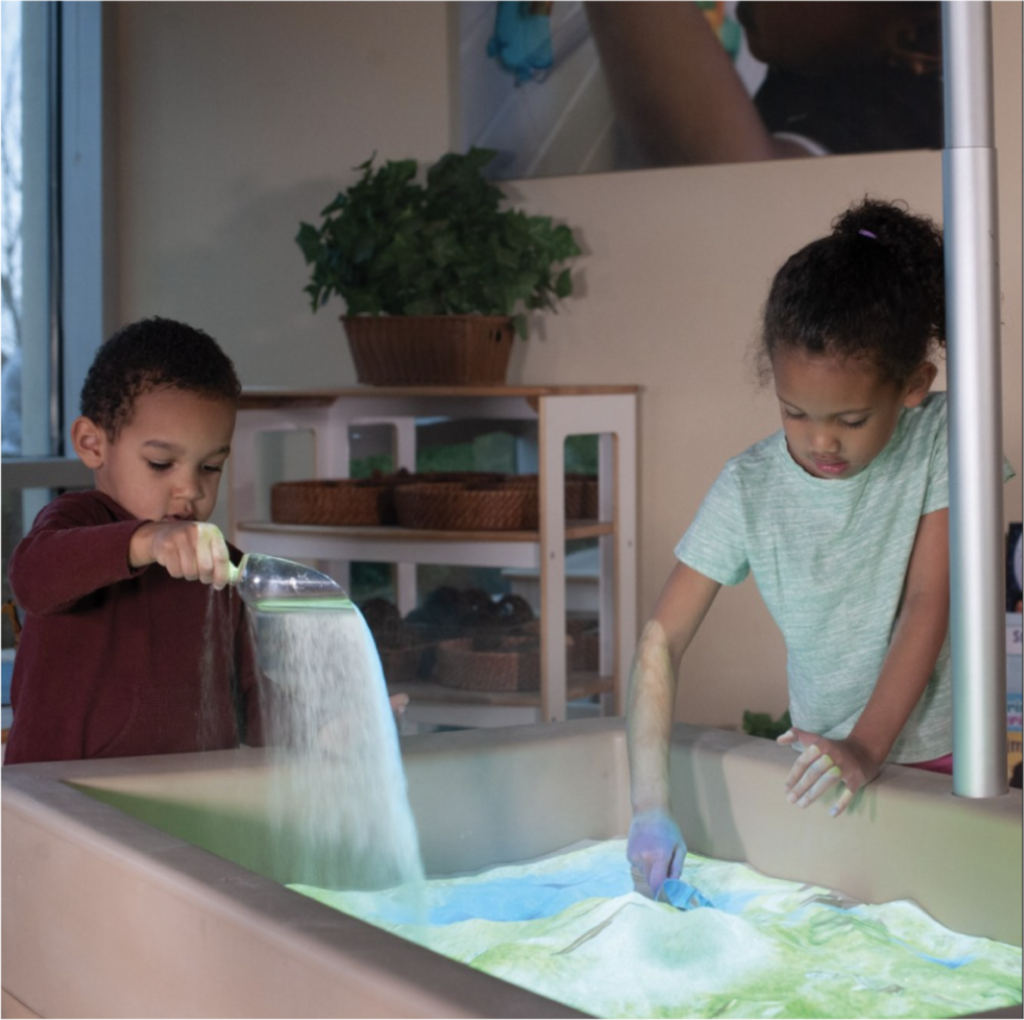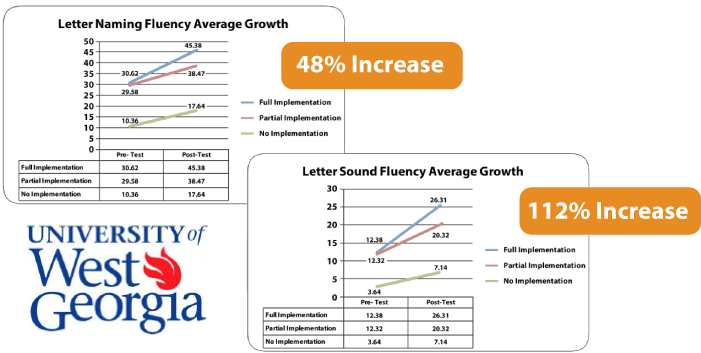“What if technology was used to help children collaborate, talk with each other, and stir up their imaginations?”
5-minute read | 2 videos

Cynthia B. Kaye
CEO | Chief Zoo Keeper of Alive Studios
Is technology an appropriate resource for early learners? Well, it kind of depends. We all know young children sitting by themselves in front of the screen is not ideal, but what if technology was used differently?
What if technology was used to help children collaborate, talk with each other, and stir up their imaginations?
What if there’s a technology that helps teachers facilitate conversation and interaction between their students? I think there can be a wrong way that we use technology with children and a right way.
Are you using technology with your young learners? If so, what kind of technology are you using? Is it a collaborative technology that gets children engaged with each other and the teacher?
Or, is the child more isolated and engaged by themselves? Is the student doing a “stare and peck” activity where he/she glares at a screen and pecks at a keyboard? It doesn’t have to be this way.
The Right Criteria for Tech
Technology in the classroom has become increasingly popular for students of all ages, including early learners between the ages of three and six.
While there are valid concerns about the potential negative effects of using technology for early learners, there are certainly strong arguments that support its use as a highly-positive educational tool… if the right criteria are met.
Play-based learning is essential for young children’s development, and if you can incorporate novel and intentional technology in this play children can learn important skills such as problem-solving, creativity, and social interaction.
With the right type and use of technology, teachers can add a fun and exciting way to learn to their list of teaching strategies.  If the technology encourages and facilitates collaboration, interaction, and movement, it can open children’s brains up to a higher level of attention and learning.
If the technology encourages and facilitates collaboration, interaction, and movement, it can open children’s brains up to a higher level of attention and learning.
Many children in this age group are naturally curious and enjoy exploring new things, and technology can provide them with a wealth of interactive and stimulating educational resources.
For example, the right educational apps, games, and programs can help children learn basic skills such as counting, letter recognition, collaboration, and problem-solving in a way that is both exciting and effective.
Furthermore, supplemental digital resources can be used to enhance and bring to life traditionally static and boring teaching tools, such as flashcards, books, worksheets, or even a classroom rug.
Helping Kids Develop Appropriate Tech Skills
Also, the use of appropriate and effective technology in early childhood education can help children develop important 21st-century skills.
In today’s digital age, it is increasingly important for children to be proficient with technology tools and to be able to navigate the digital world. Using technology in the classroom can help children develop skills such as digital literacy, communication, and working together, which are essential for success in today’s world.
Additionally, technology can also provide children with access to a wealth of resources that might not otherwise be available, such as virtual field trips and online educational videos. For early learners, here are some points to keep in mind for positive use of technology.
Kids need:
● tech that promotes collaboration with other students and the teacher
● interaction with the technology
● hands-on/physical activities
● visual/audio “novel” experiences that increase their excitement and engagement
Technology for Pre-K and Kindergarten
So you might be thinking, what are some technologies that are novel and encourage collaboration?
 Osmo
Osmo
One of these positive technology resources available for early learners is Osmo. Osmo is a mobile application that encourages students to collaborate, create, think critically, and communicate.
The application is coupled with an age-appropriate learning kit including a tablet base, camera reflector, manipulatives, and a teacher’s guide. One of Osmo’s learning tools is “ABC’s”, which offers an interactive and kinesthetic approach to phonics.
Kids can work with Mo the Monster to form letters and make words with squishy, colorful sticks and rings. This type of learning with technology blends traditional learning methods with young children’s natural curiosity about today’s digital devices.
Illumination Station
 Another example of an engaging technology tool for Pre-K and Kindergarten classrooms is offered by Kaplan Early Learning; It’s the Illumination Station.
Another example of an engaging technology tool for Pre-K and Kindergarten classrooms is offered by Kaplan Early Learning; It’s the Illumination Station.
The Illumination Station takes your sand and light play to the next level. It engages children’s cognitive, social, and sensory development by transforming a common sand table and projector into a hands-on learning adventure!
Using 3D Augmented Reality, the Illumination Station transfers realistic colors and life-like images onto the sand for a mesmerizing sensory experience that kids love.
Children learn about geography, topography, seasons, animal habitats, and more as they create new worlds and explore interactive environments.
 Letters alive
Letters alive
Letters alive is a super-engaging, supplemental early literacy learning kit that uses 3D augmented reality animals to get students excited and motivated to learn. It facilitates social learning through collaborative and novel technology. Teachers lead their students through the Alive Studios Zoo to learn about the 26 animals while building solid foundations for reading success.
Letters alive brings all five components of the Science of Reading to life and is proven by Independent Research to increase engagement, support classroom management, and improve outcomes.
Research on Tech for Early Learners
You might be wondering, what does research say about the use of technology for early learners? Glad you asked.
When Dr. Tamra Ogletree, Professor of Language and Reading at the University of West Georgia, was introduced to a supplemental reading program, Letters alive, from Alive Studios that utilizes 3D Augmented Reality zoo animals, she initiated an Independent Study to determine its efficacy.
Dr. Ogletree discovered that Letters alive can be used to enhance any core curriculum with a multi-modal, collaborative learning experience.
Dr. Ogletree’s study tracked the progress of Pre-Kindergarteners in three classes for 90 days: Class 1 did not have the program, Class 2 had partial components from the program, and Class 3 had the full program. Neither class was given any instruction on how to use the product.
At the end of the study, the students who had full use of Letters alive could identify twice as many letters and four times as many letter sounds as the non-users.
“The teachers who were part of the study were surprised at how students who typically had attention difficulties were consistently engrossed in the program. The students responded to the animals because of the sound and visual stimulation,” Dr. Ogletree said. “Classroom management problems decreased as a result of the students being actively engaged, as well,” Ogletree added.
Yes, the Right Tech IS Appropriate for Early Learners
Technology can be an effective and engaging educational resource in the classroom for early learners between the ages of three and six. It can provide children with a fun and thrilling way to learn, and it can help them develop important problem solving and social skills.
However, it is important to use technology in moderation and find a balance using technology as a supplement to traditional teaching methods.
If you would like more information about collaborative technology from Alive Studios, send us a message below.



